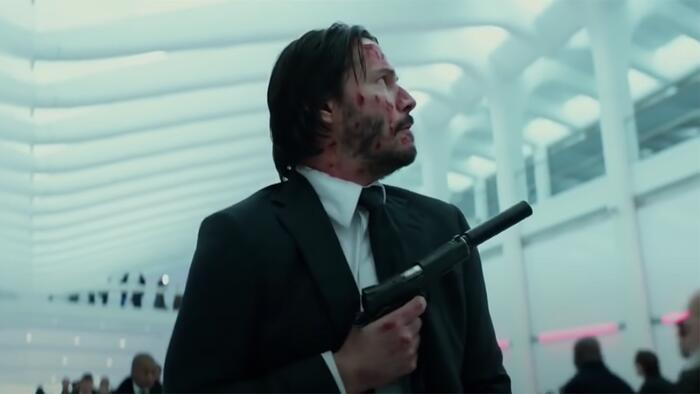


On Friday, February 7th, 2025, President Trump signed the first pro-Second Amendment Executive Order in US history - The order effectively reverses the unconstitutional firearm restrictions imposed by the Biden administration and empowers Attorney General Pam Bondi to conduct a review of all executive actions, regulations, guidance, and policies implemented under the previous administration through the ATF.
Another stunning development is the announcement that recently confirmed FBI Director Kash Patel will also be the acting head of the ATF as the agency is put under review. Acting directors are usually installed for a little over a year until a permanent replacement is found. That said, the decision may hint at a future deconstruction of the ATF and a reduction in their scope and power (dissolving the ATF completely is unlikely, but anything is possible with Trump).
In the meantime, by March 10th, 2025 the DOJ must present a plan to the President outlining steps to safeguard the Second Amendment rights of all Americans. The order also includes a review of a 100-year-old law passed during the prohibition era which makes transfer applications for certain categories of firearms and firearms parts incredibly difficult. Form 4 applications for suppressors would be a key subject of this review.
For decades gun rights advocates have tried and failed to reduce the red tape surrounding suppressors (sometimes referred to as "silencers"). For most buyers, the cost of the muzzle device becomes prohibitive, in part due to bureaucratic limitations on manufacturers, background checks, a tax stamp and long wait times for ATF approval. For most individual buyers the cost of a suppressor runs in the $1000 - $1500 range along with the $200 stamp, all paid up front. Then, there's a wait time of a year on average before the buyer can hold the device in his hands.
The obstacles involved are entirely artificial and are obviously designed to dissuade most gun owners from bothering; but why?
Some gun rights advocates argue that the ATF and anti-gun politicians do not understand what suppressors are and how they work because they get most of their information from Hollywood films. The assumption among anti-2A activists and bureaucrats is that a suppressor is simply screwed onto the muzzle of any gun and that gun will then become silent. They also assume that only "assassins" would have any use for such a device. This is simply not true.
In reality, suppressors do not silence most firearms. They do reduce the effect of gunshots on the shooter's hearing, but any supersonic round fired from a suppressed weapon will still make a very audible explosive bang. The more quiet gunfire commonly seen in movies and TV would require specialized subsonic rounds with far less powder through a suppressed muzzle. The downside of shooting subsonic ammo is that range, accuracy and sometimes effectiveness on target are sacrificed.
Subsonic rounds have a muzzle velocity of 1050 fps or less, compared to the average 5.56 round which has a muzzle velocity of around 3000 fps. Subsonic rounds also have a common problem of "keyholing"; the bullet does not stabilize properly and spins in flight ruining its accuracy. Not to mention, adding any device to the muzzle of a gun can cause dramatic impact shift, which needs to be taken into account.
In other words, using a suppressor beyond short range requires extensive knowledge of ballistics, barrel harmonics, twist rates and reloading experience. It's not something the average low IQ criminal is going to take advantage of (or something a low IQ ATF bureaucrat is going to understand).
The US military recommends and issues suppressors for many combat troops, but not so much for going quiet. Instead, suppressors help cut down on muzzle flash, limit sound pressure waves when room clearing and help to hide thermal signature from gun shots.
In some European countries suppressors are easy to buy (compared to purchasing a firearm) and are actually required by law for outdoor shooting. In the US the exact opposite is true.
Numerous gun rights groups are anxiously waiting for the Attorney General's review of ATF restrictions with specific interest in suppressors. The level of red tape surrounding this gear is absurd and should have been reformed years ago. Thousands of dollars in cost on top of a year long wait time makes little sense other than to make life difficult for firearms enthusiasts.
